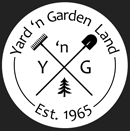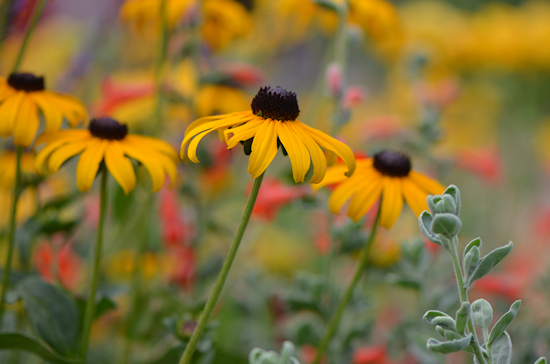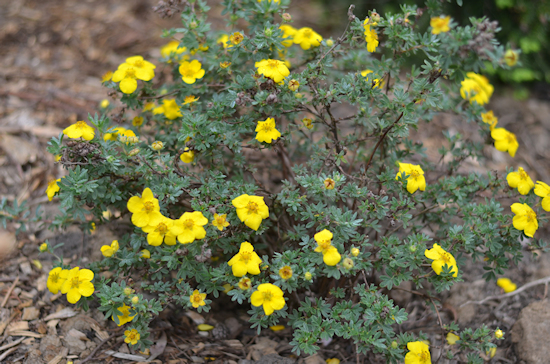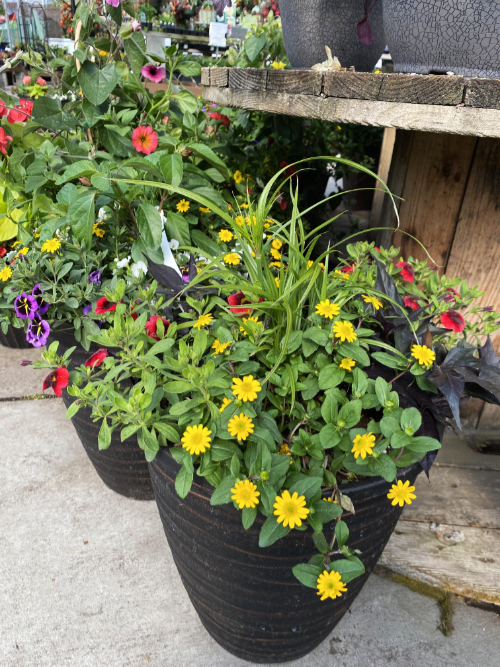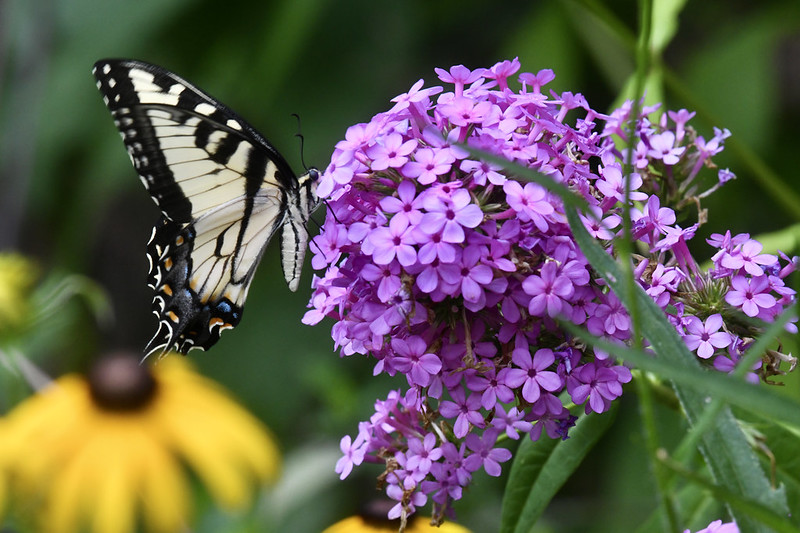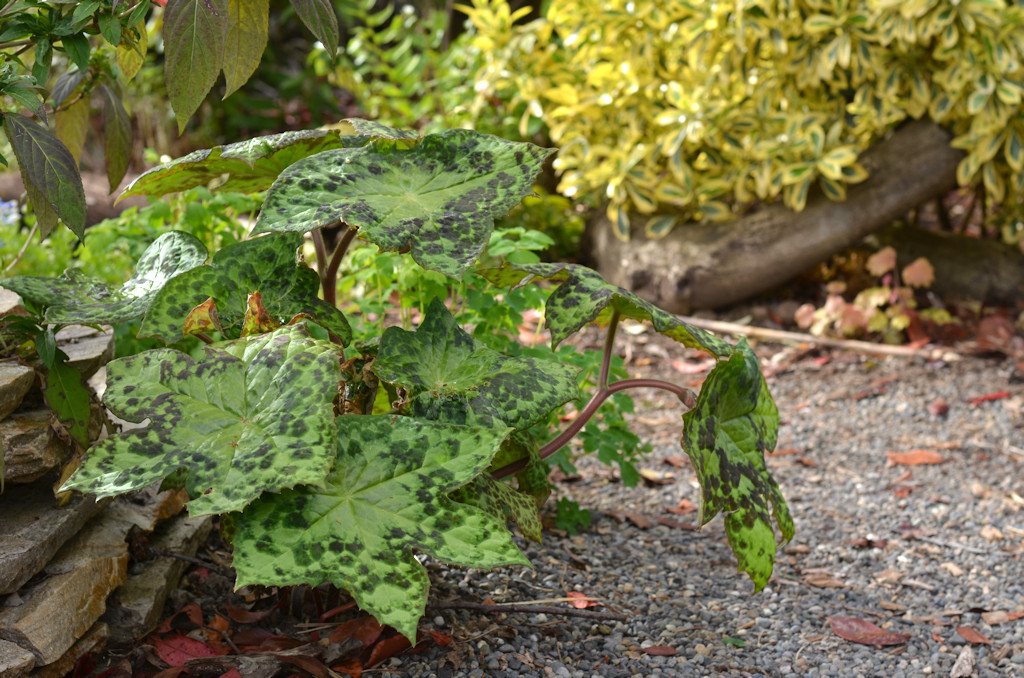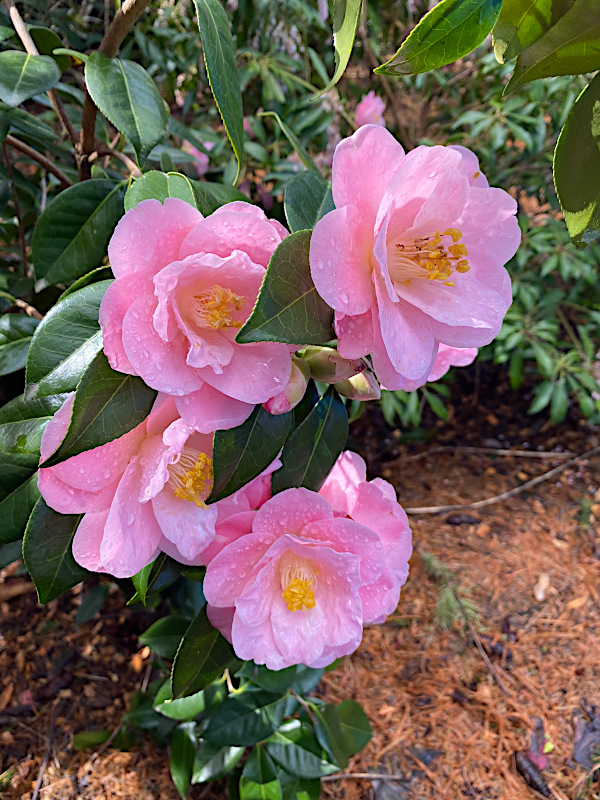Deer resistant plants

Photo on Visualhunt
We get frequent questions at Yard n’ Garden Land concerning deer and specifically which plants they avoid. There isn’t a simple answer to this question as deer will eat just about any plant if they are really hungry. They will select plants indiscriminately while leisurely dining and the pickings are numerous. Their favorites are hostas, roses, arborvitae, day lilies, rhododendron, azaleas, pansies, impatiens, yews, tulips, blueberries and ivy.
So which plants do deer NOT like?
According to the Washington State University Extension, the following list of plants are the deer’s least favorite plants.*
Annuals
- Ageratum
- Antirrhinum (Snapdragon)
- Cosmos
- Lobularia (Sweet Alyssum)
- Tagetes (Marigolds)
- Zinnia
Perennials
- Achillea (Yarrow)
- Aquilegia (Columbine)
- Asclepias (Butterfly weed)
- Clematis
- Coreopsis
- Dicentra (Bleeding Heart)
- Erysimum (Wall-flower)
- Ferns
- Gaillardia (Blanket Flower)
- Helleborus
- Huechera (Coral Bells)
- Iris
- Lavender
- Liatris
- Lupine
- Peony
- Poppy
- Rudbeckia
- Yucca
- Zantedeschia (Calla Lily)
Shrubs
- Berberis (Barberry)
- Buxus (Boxwood)
- Cornus sericea (Red-Twig Dogwood)
- Cotoneaster
- Daphne
- Ilex (Holly)
- Juniperus (Juniper)
- Mahonia (Oregon Grape)
- Pinus mugo (Mugo Pine)
- Potentilla
- Rhododendron (but not azaleas)
- Sambucus (Elderberry)
- Spirea
- Syringa (Lilac)
So, what are your options if you want to grow hostas and other deer-loving plants?
- Fencing is the most viable option. A 6-8 ft. tall fence can be effective but keep in mind that deer that crawl under and jump over them. However, they do not like to jump over a fence without a safe landing zone on the other side. A second interior fence (called “double-fencing”) is good or you can place stakes or boulders on the other side of the fence to create a hazardous area that they will not like.
- Deer repellent sprays are also effective but they must be reapplied again and again, especially after rain.
- Some gardeners have found success by placing a wire or fishing line about 3 feet above the ground around their gardens. The deer cannot see the line and it scares them when they run into it.
- Dogs in the garden will keep deer away.
*The plants listed here are those normally carried at Yard n’ Garden Land. For the full list, check the WSU Extension website.
Photos by Phillip Oliver unless otherwise noted.
